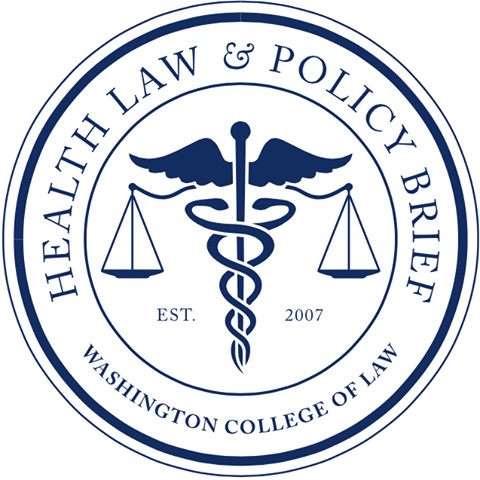Anti-abortion supporters won a significant legal battle this summer in the Supreme Court’s Dobbs decision, overturning the constitutional right to abortion in the United States. But they aren’t stopping there. Another approach to limiting abortions is gaining traction in the form of several current lawsuits that are utilizing various methods to target mediation abortion in the United States.
Although in-clinic procedures may be the more commonly known option for abortion, in recent years, more than half of abortions in the United States are medication abortions. This approach most often includes a combination of two pharmaceutical drugs: mifepristone and misoprostol. One ongoing lawsuit, Alliance for Hippocratic Medicine v. FDA, seeks to bar the Food and Drug Administration (FDA) from permitting the sale of mifepristone in the United States. The FDA approved the use of mifepristone for abortion in 2000, and the drug has remained safe and effective in the 20 years since. The plaintiffs in this case are calling for an unprecedented overturning of the FDA’s approval of a pharmaceutical drug that has been utilized for more than two decades.
Although the plaintiff’s arguments are considered by many to be meritless, there is potential for the case to be upheld due to the strategic forum shopping by the plaintiffs. The plaintiffs brought suit in the Northern District of Texas, where the case was all-but-guaranteed to be heard by Judge Matthew Kacsmaryk, a federal judge appointed by former President Trump. Kacsmaryk was likely selected for his conservative political views and his work for far-right religious groups. In his short time as a federal judge, Kacsmaryk has established a reputation for conservative and poorly reasoned rulings limiting the rights of immigrants, of the LGBTQ+ community, and reproductive rights.
Based on this track record, Judge Kaccsmaryk may rule for the plaintiffs and might grant an injunction that would ban the distribution of mifepristone throughout the nation, even in states with legal protections for abortion. Banning mifepristone would further restrict abortion access throughout the United States. With limited access to the option of a medication abortion, the demand for in-clinic abortion procedures is almost certainly increase, compounding the burden faced by abortion clinics and providers following the Dobbs decision, and likely increasing wait times for pregnant people seeking an abortion, issues that the FDA has stated will harm the public.
In addition to the detrimental impacts this decision may have on remaining abortion access in the United States, it could also place the FDA’s drug approval process in question, creating opportunities to question other drugs that have been used safely and effectively for decades.
If the judge sides with the plaintiffs, the decision will undoubtedly be appealed. However, the route would take the appeal to the Fifth Circuit Court of Appeals, with a conservative reputation. If appealed further, the case could be taken up by the Supreme Court, which just months ago overturned the constitutional right to abortion. The continued evolution of this case, and others like it, demonstrate the implications of the Supreme Court’s decision to overturn Roe v. Wade and the threat to abortion access in the United States for years to come.
